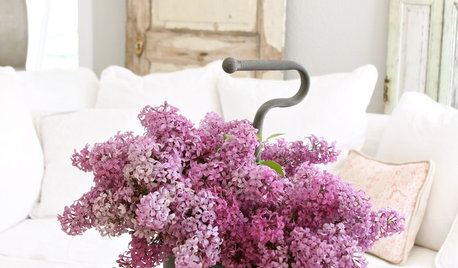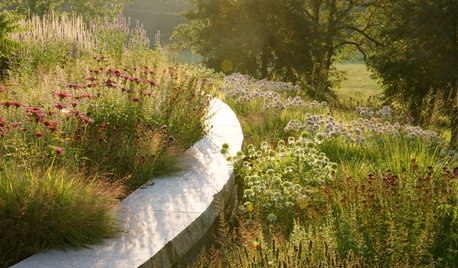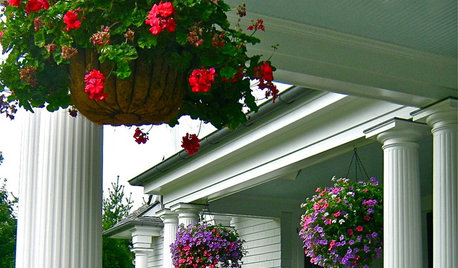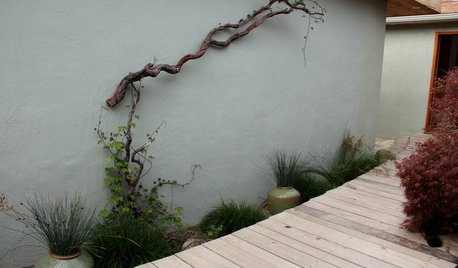Can someone identify these flowers?
nicucoll
19 years ago
Related Stories

REMODELING GUIDES8 Lessons on Renovating a House from Someone Who's Living It
So you think DIY remodeling is going to be fun? Here is one homeowner's list of what you may be getting yourself into
Full Story
GARDENING GUIDESLet Lilac Love Flower This Spring
Whatever you bestow or receive for Mother's Day, lilacs can be an unmatched gift in the garden in May
Full Story
LIFEHow Your Landscaping Can Keep Burglars Away
Prevent home break-ins with strategic landscaping and good practices instead of menacing — and maybe less effective — measures
Full Story
GARDENING GUIDES4 Ways Gardens Can Go Beyond Aesthetic Beauty
Our landscapes can play an even more meaningful role if we rethink their purpose
Full Story
GARDENING GUIDESHow to Prune Your Flowering Shrubs for the Best Blooms
Less is often more when it comes to properly pruning flowering shrubs. Here’s what to do and why
Full Story
PORCHESGet the Hang of Hanging Flower Baskets
Learn all about container materials, soil and designing a hanging flower arrangement for a bountiful look on your porch or deck
Full Story
TREES7 Deer-Resistant Flowering Trees to Plant this Fall
If you live in a neighborhood with roaming deer, consider these beautiful trees that won't tempt hungry guests
Full Story
KITCHEN DESIGNThe Cure for Houzz Envy: Kitchen Touches Anyone Can Do
Take your kitchen up a notch even if it will never reach top-of-the-line, with these cheap and easy decorating ideas
Full Story
LANDSCAPE DESIGNSmall Garden? You Can Still Do Bamboo
Forget luck. Having bamboo that thrives on a wee plot just takes planning, picking the right variety, and keeping runners in check
Full Story
DECORATING GUIDESSee How Wabi-Sabi Can Bring Harmony and Beauty to Your Home
Create your own wabi-style style with beautifully weathered, humble materials around the house
Full Story





Jeanne_in_Idaho
flowerfarmer
Related Professionals
Norfolk Landscape Architects & Landscape Designers · Kenmore Landscape Architects & Landscape Designers · Walnut Landscape Architects & Landscape Designers · Roxbury Crossing Landscape Architects & Landscape Designers · Barrington Landscape Contractors · Blue Springs Landscape Contractors · Brandon Landscape Contractors · Ellicott City Landscape Contractors · Kaysville Landscape Contractors · Kettering Landscape Contractors · Northport Landscape Contractors · Palos Verdes Estates Landscape Contractors · Lauderdale Lakes Landscape Contractors · Greenfield Landscape Contractors · Goldenrod Landscape ContractorsIrish_Eyes_z5